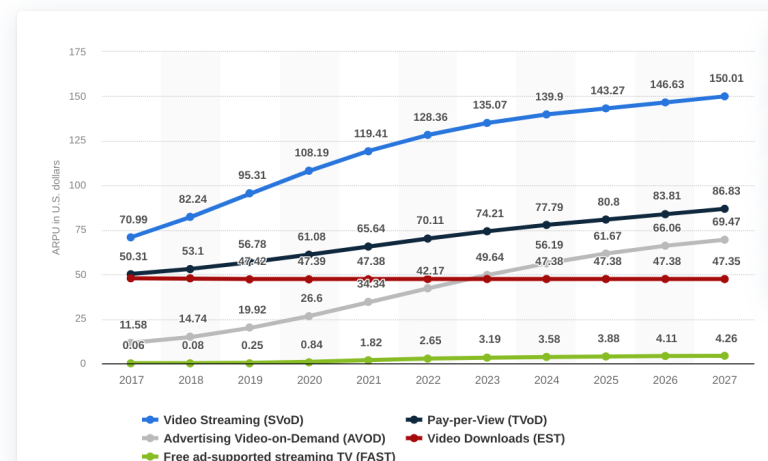Introduction
Digital Subscription Models in the UK have become a pivotal topic of discussion.
With the rise of digital platforms and the decline of traditional print media, publishers are increasingly shifting towards subscription-based models to sustain their operations and provide quality content to their audiences.
Description
Understanding the various Digital Subscription Models in the UK is crucial for both consumers and businesses.
This article explains the intricacies of these models, highlighting their benefits, challenges, and the impact they have on the media industry.
You May Also Like : Scott Dylan on AI’s Ethical Implications and Industry Applications
The Evolution of Digital Subscription Models
- Paywall Systems: One of the most common digital subscription models is the paywall system. This model restricts access to content, requiring users to subscribe to read articles beyond a certain limit. Examples include The Times and The Telegraph, which offer premium content to subscribers.
- Freemium Models: Publications like The Guardian have adopted a freemium model, where basic content is available for free, but premium content requires a subscription. This model helps attract a larger audience while converting loyal readers into paying subscribers.
- Membership Models: Some media outlets offer membership-based subscriptions, providing exclusive benefits to members, such as ad-free browsing, early access to articles, and special events. This model is prevalent among niche publications and blogs.
- Bundled Subscriptions: Companies like Apple and Amazon offer bundled subscriptions, where users can access multiple services under a single subscription. For instance, Amazon Prime includes access to digital magazines, newspapers, and other media content.
Benefits of Digital Subscription Models
- Revenue Stability: Subscription models provide a steady revenue stream, enabling publishers to invest in quality journalism and innovative content.
- Audience Engagement: Subscribers are typically more engaged and loyal, leading to higher retention rates and more meaningful interactions.
- Content Personalization: With subscription data, publishers can better understand their audience and tailor content to meet their preferences.
Challenges Faced by Digital Subscription Models
- User Acquisition: Convincing users to pay for content can be challenging, especially with the abundance of free information available online.
- Retention Rates: Keeping subscribers satisfied and engaged is crucial to avoid high churn rates.
- Content Quality: Maintaining high-quality content is essential to justify the subscription cost and retain subscribers.
Future Trends in Digital Subscription Models
- Hybrid Models: Combining free and paid content to cater to different audience segments.
- Micropayments: Allowing users to pay for individual articles or content pieces instead of committing to a full subscription.
- Collaborative Subscriptions: Partnering with other media outlets to offer joint subscriptions, providing more value to subscribers.
As the media landscape continues to evolve, Digital Subscription Models in the UK are proving to be a sustainable solution for publishers.
By understanding and adapting to these models, both consumers and businesses can navigate the digital media ecosystem more effectively.
The future of digital subscriptions looks promising, with innovations aimed at enhancing user experience and ensuring the viability of quality journalism.


